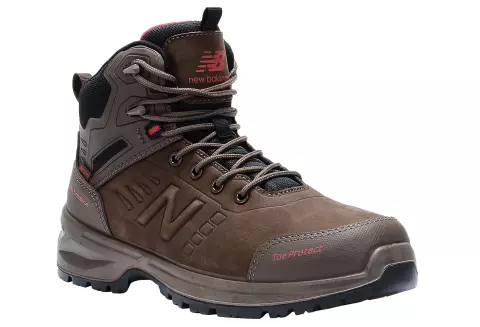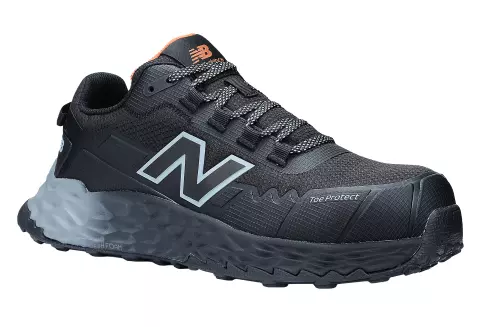
Why You Should Transform into Digital Procurement Now?
Introduction: In the hectic business world of today, companies have to stay competitive, reduce costs, and increase efficiency. Companies may...

Get 20€ off on your first order!
Inefficiencies in procurement are first annoying. These simple manual tasks eventually waste time, productivity, and money. Growth is faster than most companies realise, outpacing accounting and procurement. These frequent business issues are best solved by procurement automation. Automation frees up time for accounts payable (AP) to solve important issues.
This page covers numerous procurement automation topics:
Technology streamlines approvals, accounting, and payments in procurement automation. It optimises the procurement process from requisitioning to ordering, fulfilment, and invoice processing, helping procurement teams manage their supply chain.
Digitising invoice input data creates a centralised transaction history and processing database. The system checks, approves, and streamlines payment on one platform.
Complex procurement firms benefit from automation because it eliminates manual bottlenecks. This trustworthy platform improves supplier management, minimises risks and costs, and eliminates repetitive work.
Business procurement automation saves time and money. Automation saves time and money on invoice processing, spend management, and sourcing. Automation saves time and money, allowing team members to focus on more vital responsibilities.

/package

/package

/package

/package

/package

/package

/package

/package

/piece

/package

/package

/package

/package

/package

/package

/pair

/package

/pair

/package

/package

/package

/package

/pair

/package

/package

/package

/package

/piece
The top procurement automation benefits are:
Automating invoice processing reduces errors and costs. Human error or miscommunications cause payment delays, data entry errors, duplicate payments, and lost paper invoices. Automation eliminates manual data entry and standardises buying operations, reducing these risks.
Automation boosts procurement transparency. This can standardise supplier evaluations. Strategic sourcing and using known, fraud-resistant vendors are possible. To reduce risk, procurement automation software tracks performance over time.
Procurement automation lets stakeholders:
This simplifies the process and reduces accounts payable cycle times and load.
Procurement automation software cuts manual labour and wages, saving money. As the company grows, the system scales to manage more procurement activity instead of growing the department. Automation promotes buyer-supplier communication, making buying more efficient.
End-to-end procurement automation is the best way to increase procurement value with fewer resources and time.
Start with these top five business processes to automate:
Manual purchase requisitions and approvals slow purchasing workflows and weaken security reviews. With an automated intake system, stakeholders use the right form or curated supply catalogue to submit requests. They no longer need financial or procurement specialists.
Automated requests undergo departmental reviews:
Each departmental approver sees and reacts to the request in the system, sending it to the next stakeholder without frustrating emailed requests, time-consuming back-and-forth, or requests in limbo.
Automating clearance reduces time-to-close by days or weeks, allowing teams to request and get supplies and items faster.
If organisations don’t streamline sourcing, stakeholders will choose providers. Automating the company’s sourcing process lets buyers receive what they need within procurement policy.
Centralising the chosen vendors for each buy category with software helps. It also sets role, user, department, spend category, and other expenditure limits for self-service purchase. It manages budgets and reduces erratic spending.
Invoices are a common procurement bottleneck. Manual processing is limited to a few dozen each day because each inaccuracy and issue requires inquiry and correction.
Automating invoice processing lets companies process hundreds or thousands every day. The automation process digitises paper invoices, centralises vendor and purchase data, automatically validates and reconciles invoices against the database, and codes them appropriately to make your accounting system a single source of truth.
Invoice management eliminates missing payments, redundant invoices, miscoded transactions, and accounting system riddles. Documents are processed, reconciled, and coded automatically for payment.
Manual payment processing, like invoices, causes delays and data entry errors. It also boosts vendor fraud.
Automating the payment process lets accounts payable swiftly and accurately handle payments, record transactions, and store data for month-end close and financial reporting. AP gets real-time payment visibility with software to decrease difficulties and get early payment incentives.
Purchase contract execution is just the start. After signing a contract, monitoring and enforcement commence.
Contract management maintains competitive pricing and terms. It strengthens supplier connections and ensures supply quality.
Manual contract management is costly and hidden. Manual or disorganised contract storage prohibits organisations from checking contract compliance.
Effective contract management is best achieved by automating the process using a central document repository. Doing so allows stakeholders to receive notices and updates when contracts renew, giving them time to negotiate new terms.
The procurement system you choose greatly affects results. Find a software package that can adapt to your business needs but is organised enough to create a highly efficient process that cuts expenses and boosts productivity.
Choose procurement software with these features:
Thank you! You've signed up for our newsletter.



















Introduction: In the hectic business world of today, companies have to stay competitive, reduce costs, and increase efficiency. Companies may...

Introduction Supply chains face several hazards that might interrupt operations and lower profits in today’s turbulent economic environment. Natural catastrophes,...

Introduction How companies find, handle, and buy goods and services has changed a lot because of technology developments in procurement....

Introduction: In the hectic business world of today, companies have to stay competitive, reduce costs, and increase efficiency. Companies may...

Introduction Supply chains face several hazards that might interrupt operations and lower profits in today’s turbulent economic environment. Natural catastrophes,...

Introduction How companies find, handle, and buy goods and services has changed a lot because of technology developments in procurement....
Get 10€ off on your first order!
Save 30% by buying directly from brands, and get an extra 10€ off orders over €100
Save 30% by buying directly form brands, and get an extra 10€ off orders over €100